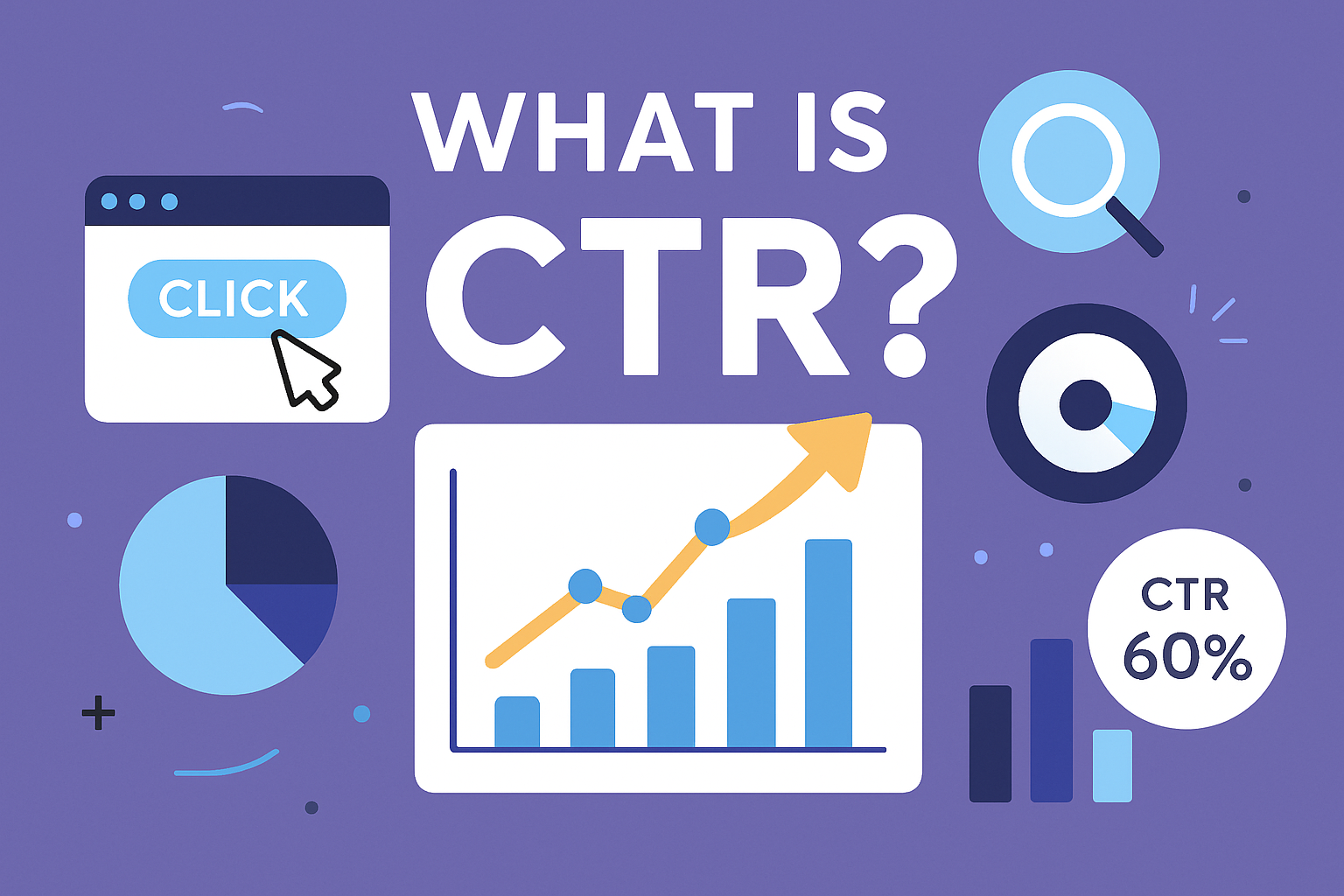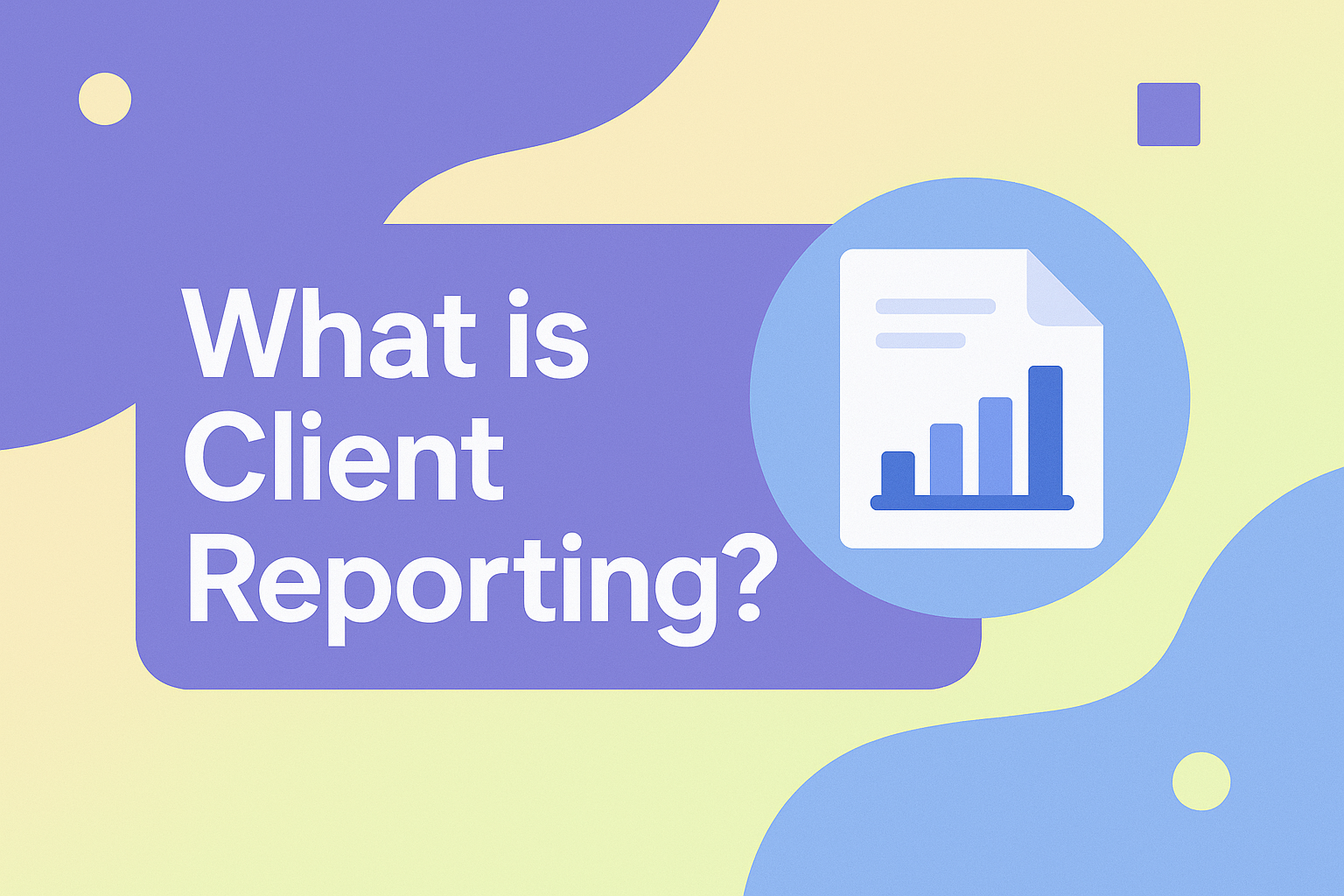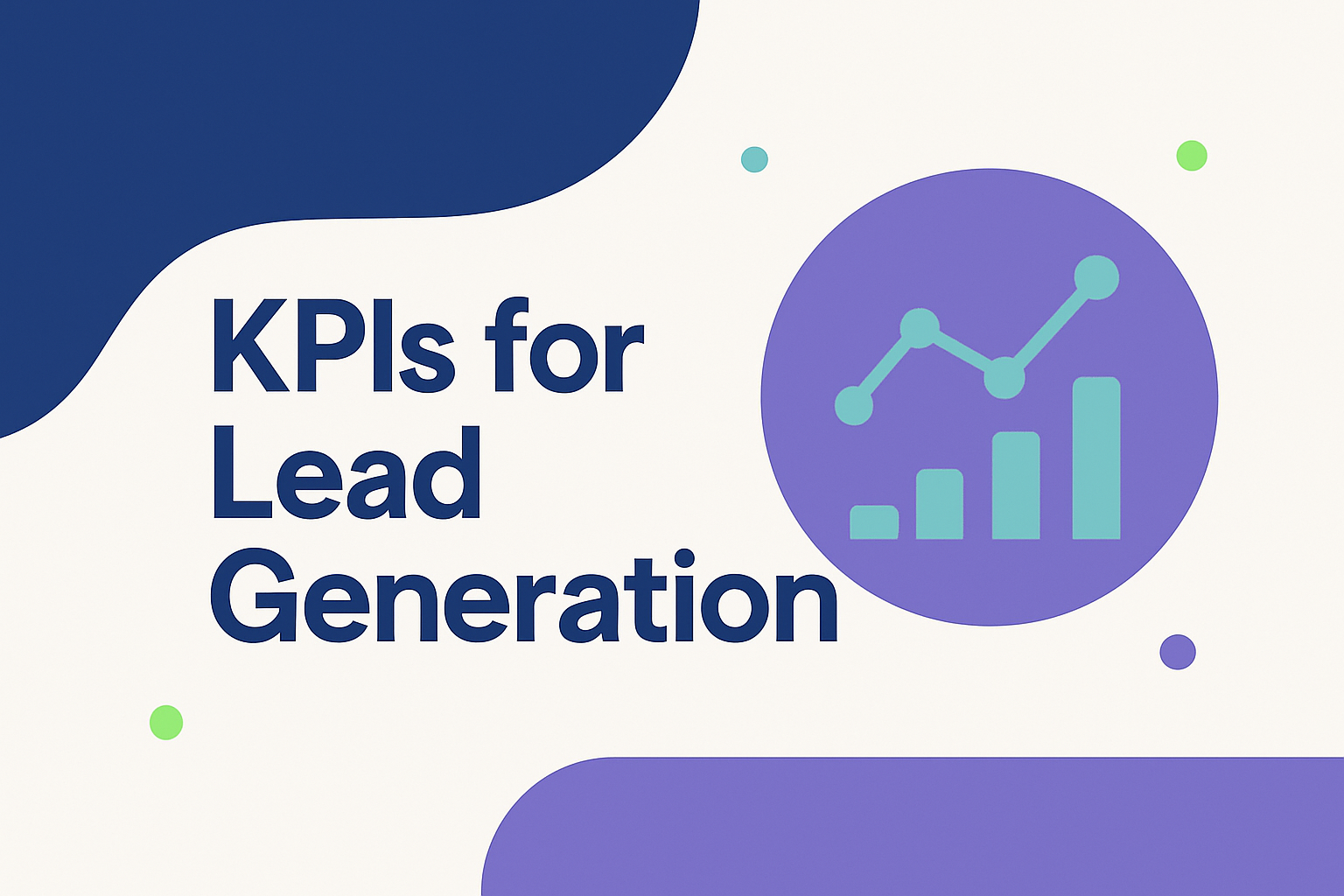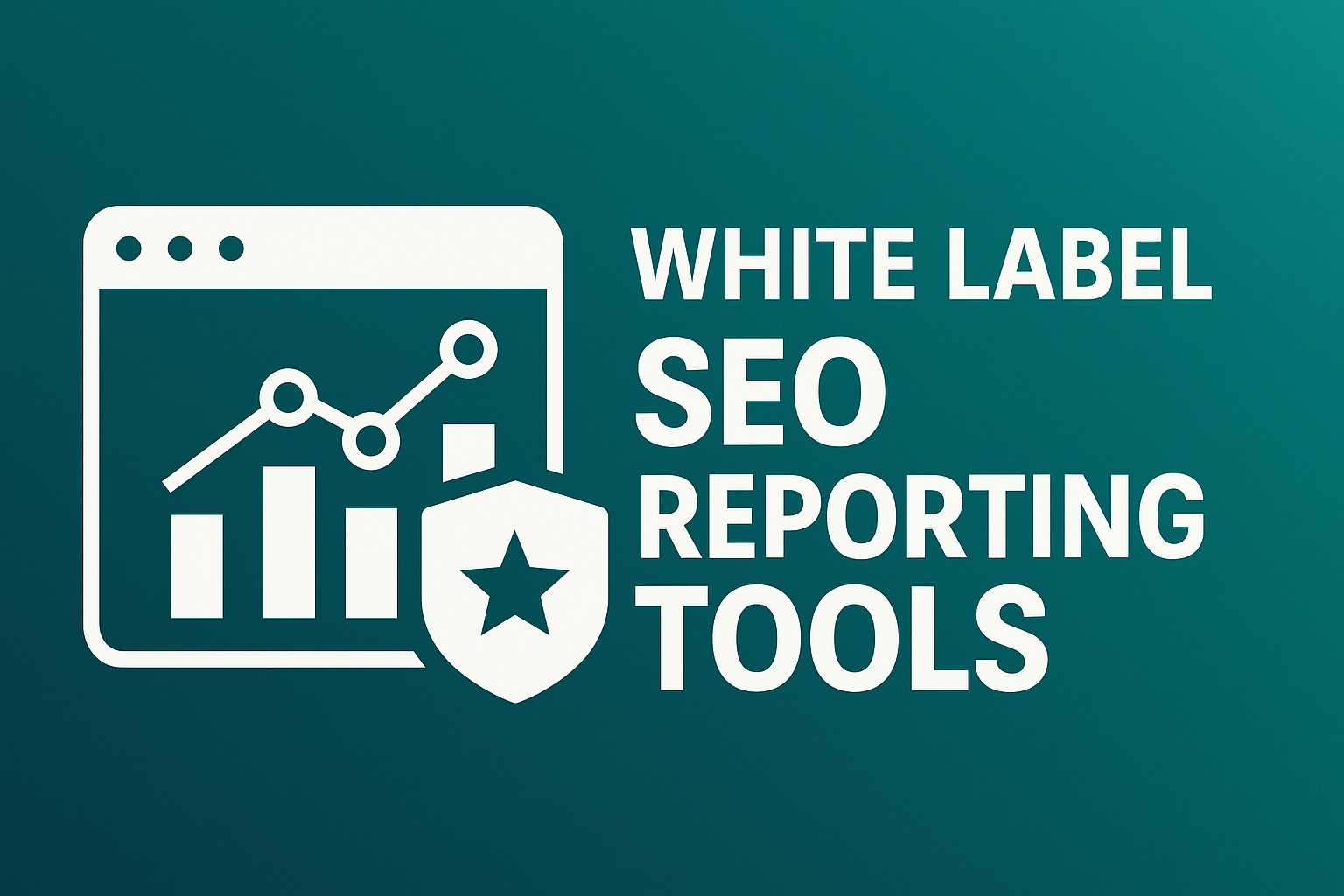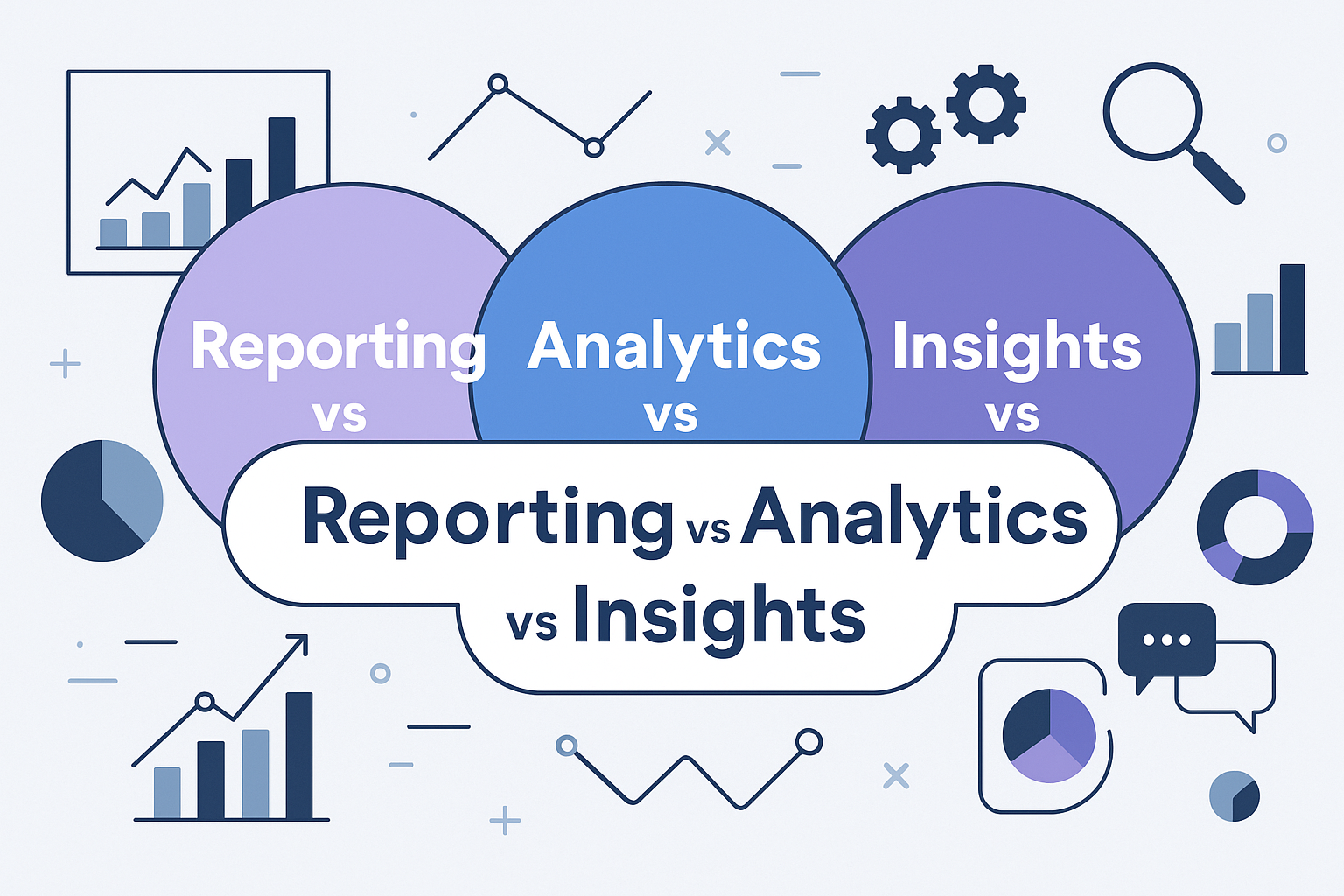What is CTR? Advertising and Marketing CTR Explained for Beginners
Key Takeaways
- Click-through rate (CTR) is usually the most important metric in digital marketing. It is the best measure of the effectiveness of ads and content to reach and influence audiences in the United States.
- Marketers need to know, understand, and be able to calculate CTR to help track, compare, and optimize performance across various campaigns and channels. They calculate this with Clicks ÷ Impressions x 100.
- Higher CTR can improve ad placement, lower advertising costs, and even boost SEO rankings, making it essential for maximizing marketing return on investment.
- At the end of the day, it comes down to compelling copy, strong visuals, precise audience targeting, and, critically, mobile optimization. They are a huge part of increasing CTR!
- Monitor CTR consistently with analytics tools, adjusting your marketing strategies based on performance data. Ongoing A/B testing and optimization will ensure you’re getting the best results from your campaign.
- Keep CTR goals realistic using other industry standards as a benchmark. Consider CTR in conjunction with other metrics to get the full picture of marketing performance!
CTR is an acronym for Click-Through Rate. In other words, it represents the number of people who click on a link compared to the total number of people who see it.
In online advertising and email marketing, click-through rate is one of the most common metrics used to measure the effectiveness of a campaign. Marketers and advertisers use this very simple figure to test what captures people’s attention and what doesn’t.
By understanding your CTR, you can make more informed decisions on how to improve future ads or posts. The following sections explain in detail why CTR is important.
What is Click-Through Rate (CTR)?
Click-through rate, or CTR, is one of the most important metrics in digital marketing. It tells you how often people click on your ads, emails, or links. This is against the number of times those assets are displayed.
Marketers use CTR to measure the effectiveness of ads, identify content that pulls people in, and see if their messaging is on point. A high CTR means that users are likely interested in the content they will receive upon clicking. Conversely, a low CTR can indicate poor targeting or the need for creative adjustments.
Understanding what your CTR should be will inform better, more targeted strategies and provide a better guidepost for success.
1. CTR Defined: More Than Clicks
CTR is more than just overall clicks. It’s a percentage, illustrating the number of clicks you get divided by how many impressions you’ve received, then multiplied by 100 to equal a percent.
So if a piece got 100 clicks out of 1,000 impressions, that’s a 10% CTR. This kind of data allows marketers to understand the effectiveness of their content or ads and how well it resonates with their audience.
A low CTR can be an indicator that users are not finding the ad or message relevant. On the other hand, if your CTR is high, people want to click! In the realm of digital campaigns, CTR serves as a foundational barometer of performance.
2. The Simple CTR Calculation Formula
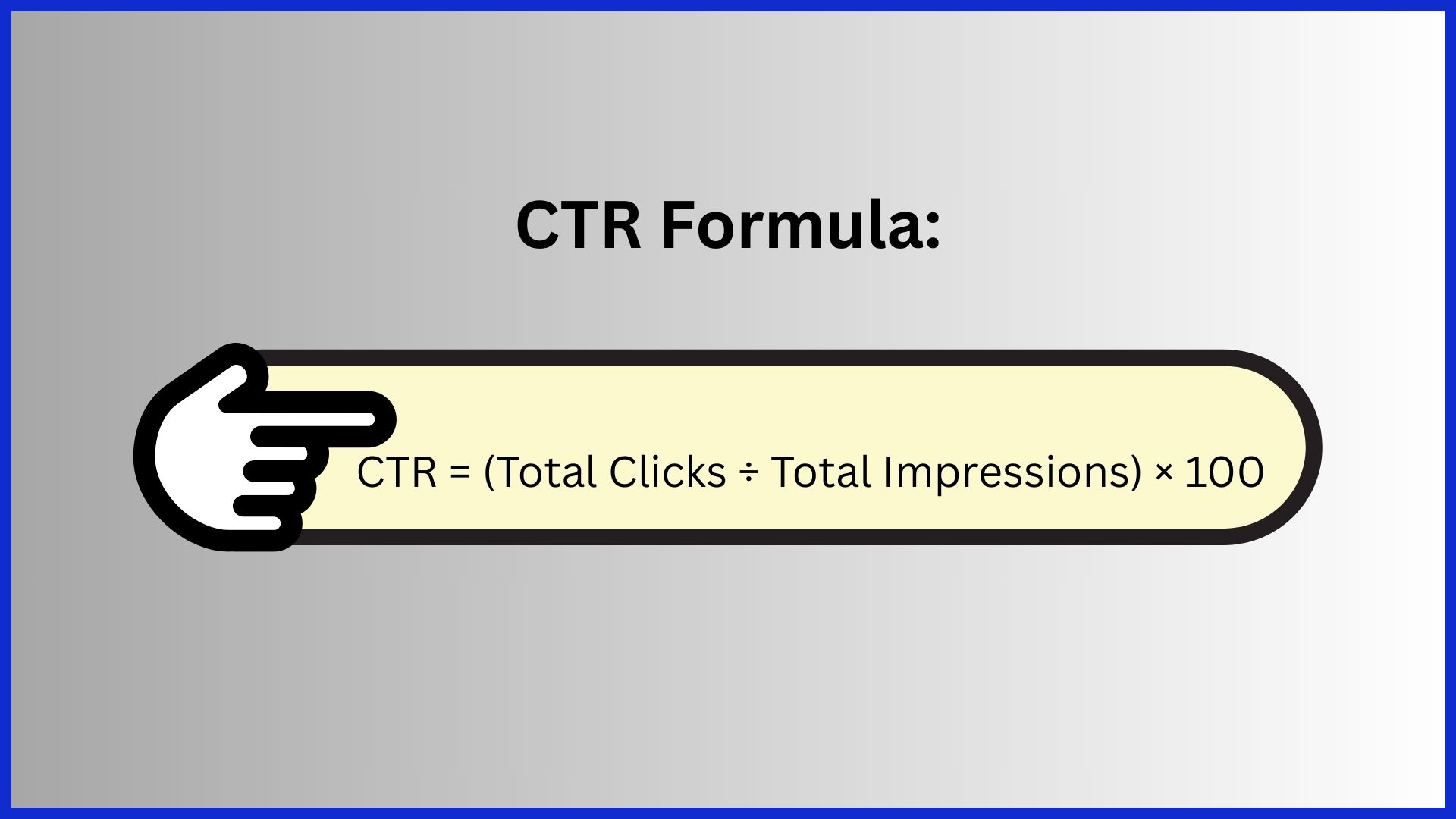
The formula is clear: (Clicks / Impressions) x 100. If your ad received 10 clicks per 500 impressions, that’s (10/500) x 100, or 2%.
This figure helps marketers understand how well users are engaging with their campaigns and allows them to compare campaigns. To ensure accurate data, utilize trusted tracking software and ensure your impressions and clicks are being tracked correctly.
3. CTR Examples: Seeing It Work
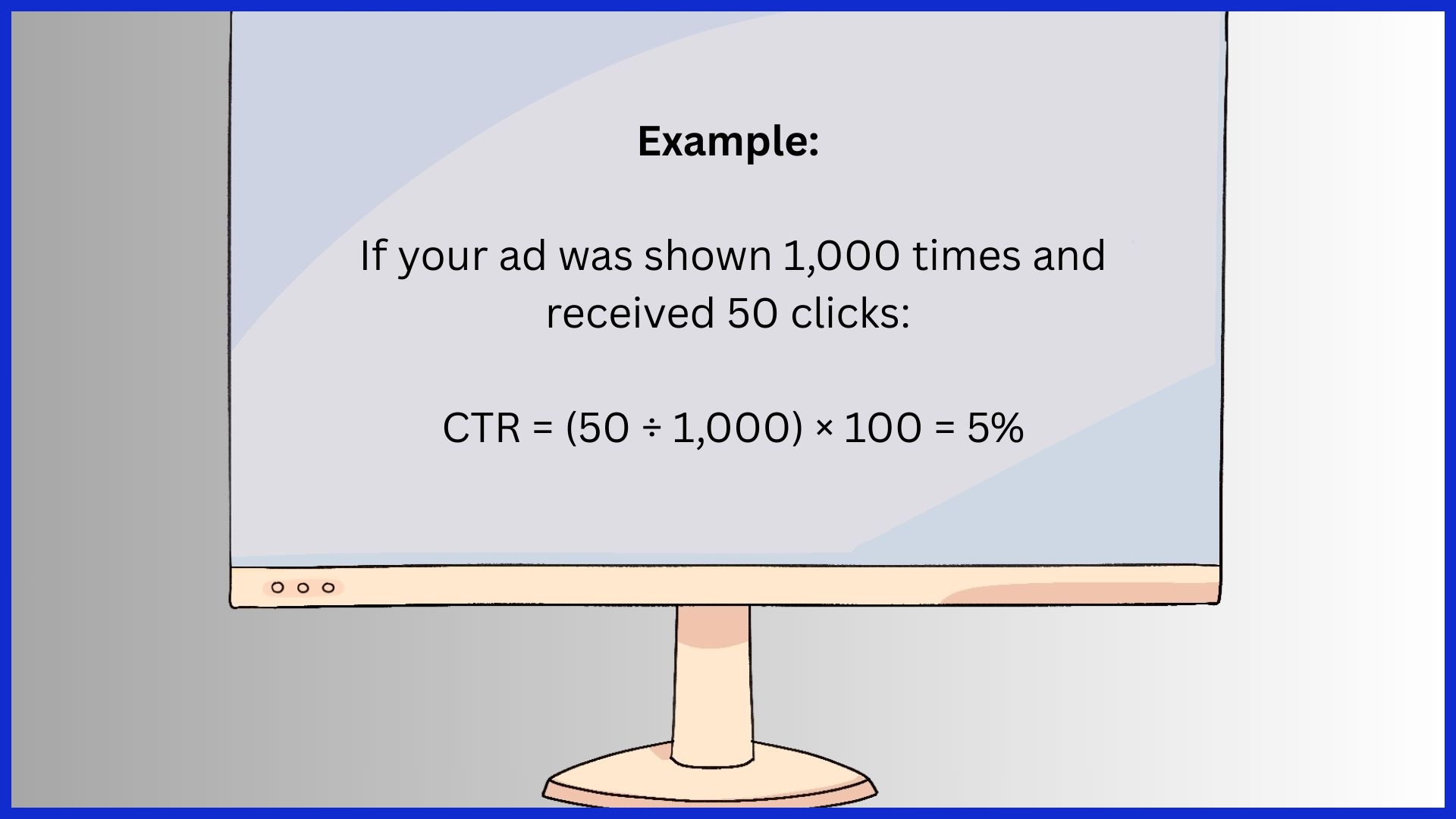
- Banner ads: 0.2%–0.3% average, rarely over 5%
- Email campaigns: 1%–5%, with 2% seen as strong
- Social media ads: 1%–2% across platforms
- Search ads: Often above 2%
Content type and ad format play a crucial role; for example, a video ad can drive a higher click-through rate than a static image, while other types of interactive ads can further enhance user engagement.
4. CTR Across Your Digital Channels
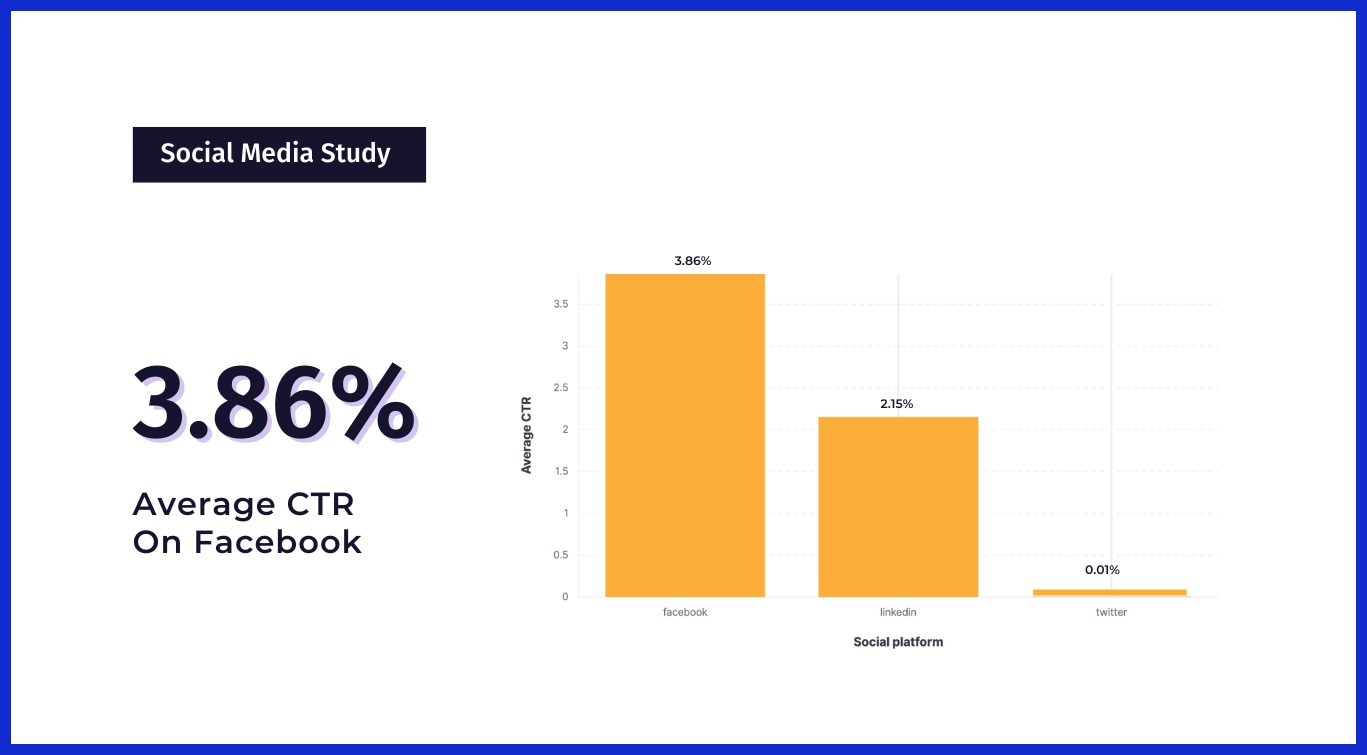
Search, social media, and display ad CTRs vary wildly.
Here’s a quick look:
| Channel | Average CTR |
|---|---|
| Search Ads | 2%+ |
| 1–5% | |
| Social Media | 1–3% |
| Banner Ads | 0.2–0.3% |
Each channel requires a different strategy. What performs well on email might not perform well for search ads. Therefore, pay attention to the channels your audience uses the most and adjust your strategy accordingly.
Why Your CTR Really Matters
CTR, or click-through rate, isn’t just another metric to ignore on your dashboard. It’s a measure of how much your ads or listings are grabbing the attention of actual humans. In the digital marketing world, a high CTR indicates that your message is aligned with your audience’s intent.
Your copy, keywords, and images all play a role in attracting attention. This powerful combination will produce the best results for each and every dollar you invest. So marketers have long relied on CTR as a measure of ad relevance, adjusting campaigns accordingly. This prevents them from spending a fortune on bad clicks!
CTR’s Impact on Ad Placement

High CTR helps your ads get that significant advantage in placement. The more people click, the more ad platforms like Google reward you by giving you better placements, often at a lower cost.
In these auction-based systems, like Google Ads, CTR is part of the ad rank equation. That’s because it allows your ad to appear above your competitors even when you’re bidding lower. Savvy advertisers leverage CTR data to calibrate their bids, seeking the highest visibility possible while avoiding unnecessary cost.
A better CTR increases your Quality Score too, thereby reducing your cost per click and allowing your budget to go further.
How CTR Influences SEO Rankings
CTR is a content relevancy metric Google wants to use to indicate content that deserves to rank. When you can get your organic search listing clicked more than others, it increases the chance that you’ll be able to rank higher.
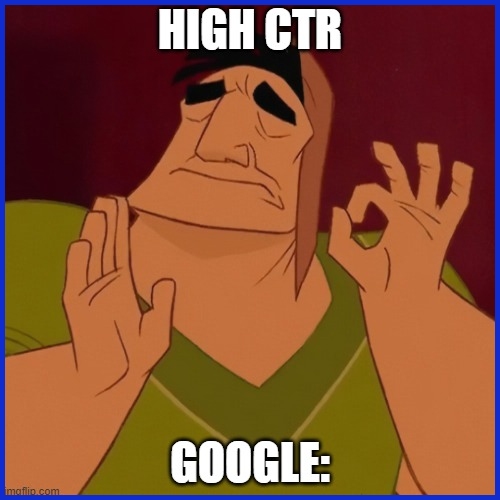
This virtuous cycle increases your site’s visibility. User click-through satisfaction indicates satisfaction, so Google keeps serving your page up. So optimizing for CTR, through A/B testing ad headlines and descriptions, will help performance in both paid and organic searches.
CTR: A True Engagement Metric
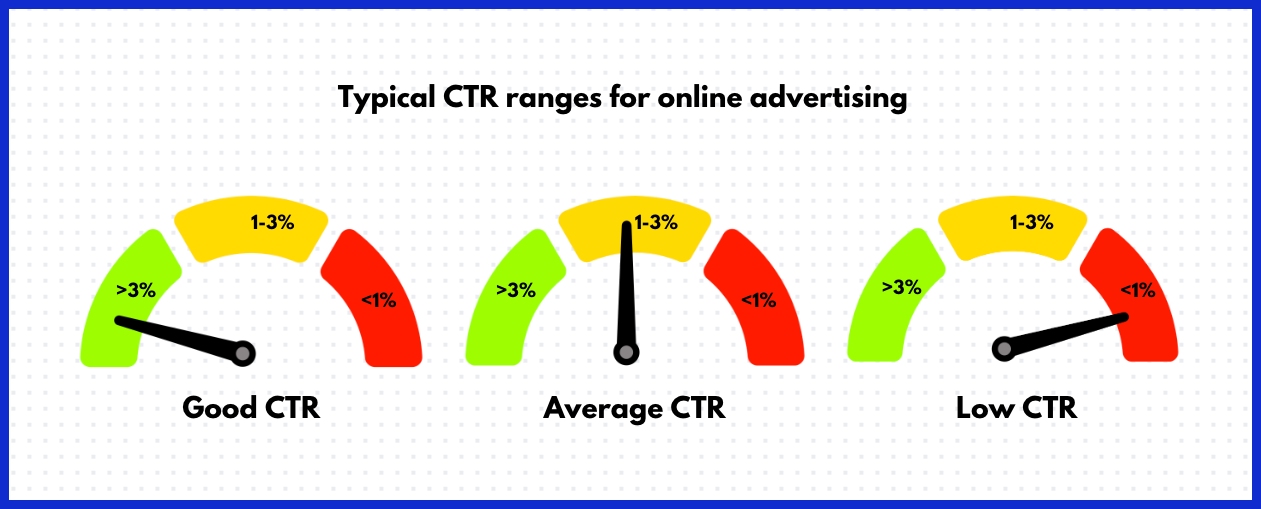
CTR is the closest we have to a direct measure of audience engagement. A high CTR is a good indicator that your message and targeting are resonating with your audience.
It’s important to look at CTR in conjunction with bounce rates and conversions. This holistic approach allows you to identify what’s successful and what should be pivoted.
Your Budget and CTR’s Connection
CTR plays a role in how far your ad budget can stretch. If you can improve your CTR, you’ll likely be paying less per click and getting a better return.
This is why reviewing CTR is so important to determine where you should move the budget to maximize results.
Key Factors Swaying Your CTR
CTR is primarily determined by ad quality, relevance, and context, which are essential for conversion rate optimization. For agencies and teams working with marketing data, understanding what shapes CTR helps in building smarter ad campaigns that reach the target audience and drive real results.
Compelling Copy and Visual Appeal

Engaging, clear, and creative ad copy is the key to piquing interest. Simple, straightforward language that aligns with what people are looking for when they use a search engine will boost your CTR. Visual appeal plays a role here as well—clean design, bold colors, and on-brand imagery make you look trustworthy and reputable.
When your copy and visuals are in harmony with what folks are looking for or expecting, that’s when you get increased engagement. Trying out new text and visuals, such as testing headlines or trying new photos, will go a long way in finding out what resonates best. An e-commerce ad with a compelling product image and a clear CTA, such as “Shop Now,” will usually win. A poorly written offer with generic art often doesn’t even make it.
Pinpoint Audience Targeting Matters
It’s not only what you say, but who you’re saying it to. Knowing who’s likely to click—by tracking age, interests, or location—helps make ads more relevant. Data analytics tools allow marketers to further segment audiences into micro-groups and deliver more personalized messages.
Offers that speak to genuine needs or pain points are more likely to earn clicks. For SaaS, an industry report detailing how creative teams save time generates more leads than a one-size-fits-all sales pitch.
Search Snippet Design Impact
Organic search clicks depend on the snippet: title, meta description, and extras like ratings. Writing headlines and descriptions with the words people are searching for is key. Rich snippets (like those with reviews, stars, or price info) catch the eye on Google pretty quickly and can drastically increase your CTR.
Whether it’s changing the format or the text, every test provides insight into what will earn you more traffic.
Mobile vs. Desktop CTR Trends

In the U.S., mobile users click less but have higher session durations. Desktop users are more likely to have high CTRs for niche or high-ticket items. Mobile-friendly layouts, quick loading times, and buttons easy to tap maintain high CTR on mobile devices.
Keeping an eye on device-specific results can help inform where to allocate ad dollars.
Ad Relevance: The Secret Sauce
Ads with content tailored to match user intent earn more coveted clicks. Ad Relevance is the secret sauce. Improving relevance increases Quality Score on Google Ads, which lowers your CPC and drives better results.
Continuous monitoring—such as analyzing which ads have the highest CTR or proactively tweaking keywords—will continue to prevent CTR from plummeting. Creating strong CTAs, such as “Download Your Free Guide,” encourages immediate response.
Smart Strategies to Boost CTR
Increasing your CTR involves more than just wishing you would get more clicks. It ain’t easy, it takes smart planning and ongoing work. High CTR is achieved through the combination of compelling CTAs, attention-grabbing headlines, and an emphasis on direct, helpful information.
Of course, testing, mobile-friendly design, and creative ad formats are equally important. Agencies and teams in the U.S. can achieve greater success by applying these simple actions.
Craft Stronger Calls-to-Action
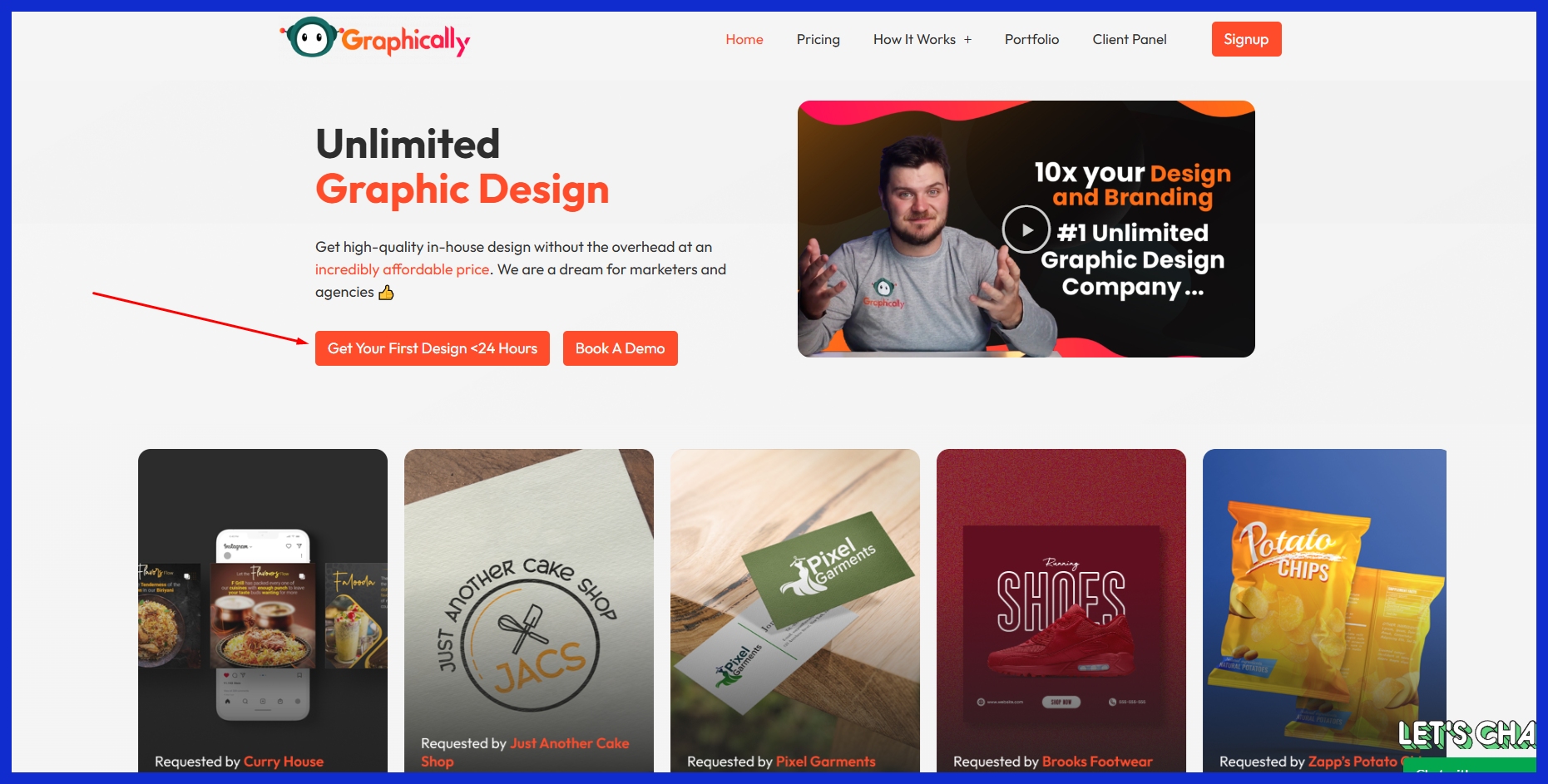
A compelling call-to-action (CTA) can significantly increase CTR. Make CTAs obvious and concise. Clear CTAs, such as “Get your free quote today,” perform the best.
Creating urgency using language like “this is only available for a limited time” can encourage users to take action. The positioning of your CTA makes a difference as well. Place it above the fold for users, no scrolling required.
Test multiple CTA lines to determine which works best. For instance, replace “Learn more” with “Get your free SEO report today.
Optimize Headlines and Content

Headlines are your first impression and your hook. A compelling headline featuring relevant keywords is key to maximizing your CTR.
For example, “Los Angeles Marketing Trends for 2024” lets the reader know exactly what they’ll receive. When you maintain your content fresh and laser-focused, users are going to find exactly what they’re looking for.
Concise meta descriptions and keyword-rich title tags work wonders in the SERPs. Additionally, implementing schema markup can help your listing stand out.
Test Everything: A/B Testing Wins
A/B testing is the best way to discover what truly works. Change one thing at a time, such as the headline or button color, and test which variant receives more clicks.
Evaluate the findings and apply these insights to inform future iterations. Embed testing into your day-to-day practice.
Improve Mobile User Experience
Improving mobile user experience. Mobile-friendly websites can increase CTR by as much as 30%. Fast load speeds, intuitive navigation, and large, tap-friendly buttons keep users on your site and encourage clicks.
Keep an eye on mobile CTR data to identify areas of concern.
Use Video and Interactive Ads
Video and interactive ads attract a lot of attention. Short videos or interactive, clickable quizzes help to engage users.
Test out various formats and determine which one receives the highest CTR.
What’s a “Good” CTR Anyway?
A “good” CTR isn’t a one-size-fits-all type of thing. Industry standards set the bar high and low at the same time. In general, for SERPs, a 4–5% CTR is considered quite good. That’s right, in email marketing, the average CTR is only 2.6%, but targeted campaigns can hit 10–20%.
For blog posts, 1–3% is typical. Social media platform ads have even wider variability. Instagram Ads CTR is about 0.58% on average, and LinkedIn Sponsored Content is roughly 0.44%. Bing Ads isn’t too far behind with an average CTR of 2.94%. Even video ads are different—skippable linear ads only receive about 1.5%. This provides a useful baseline for comparison, but it’s not the full picture.
Establishing achievable targets requires examining various industries. So retail, for instance, would likely have higher CTR expectations than healthcare or government. Email campaigns for government agencies can reach a 6% CTR, at least double that of most private industries.
These are great benchmarks for marketers to compare their numbers to, but they should be considering year-over-year performance and breaking them down by campaign type. Focusing on CTR is an ever-evolving process. Just a one-position increase in search ranking can increase CTR by 2.8%.
CTR Benchmarks: Know Your Industry
| Industry | Search CTR | Email CTR | Social CTR | Video CTR |
|---|---|---|---|---|
| Retail | 5% | 2.5% | 0.8% | 1.5% |
| Healthcare | 3% | 2% | 0.5% | 1.2% |
| Government | 4% | 6% | 0.6% | 1.3% |
| B2B | 3.5% | 2.2% | 0.44% | 1.4% |
Benchmarks inform your strategy and identify what’s performing well, particularly the conversion rates. CTR is the first digital marketing metric to look at when gauging your campaign performance, helping to understand if it is underperforming or meeting expectations.
Is Higher CTR Always the Goal?
Is Higher CTR Always the Goal? After all, plenty of clicks don’t necessarily generate sales or newsletter sign-ups. Even a completely unrelated, yet catchy ad is going to get clicks. If your landing page is misleading or not useful, those clicks won’t turn into conversions.
Finding the balance between CTR and conversion rate ensures that we stay focused on driving the most valuable actions. Marketers need to understand the source of their clicks and whether they are driving actual business value.
So the most successful campaigns are about more than just CTR. They concentrate on getting the best outcomes that lead to what they want, like sales, leads, time on site, etc.
Busting Common CTR Misconceptions
Myth #1 – A high CTR = a successful campaign. In truth, CTR is a very small part of the puzzle. It should be considered in context with other metrics such as conversion rates or cost per acquisition.
Metrics such as engagement or time on site usually paint a much more positive scenario. Savvy marketers don’t consider CTR as the goal, but the starting point, and make informed decisions from straightforward, factual information.
Tracking and Using CTR Data
Tracking CTR provides agencies and marketing teams insight into what’s effective in their marketing efforts. The higher your CTR, the more people want to engage with your message, ads, or links. It connects directly to improved performance, reduced cost per click, and, when the downstream funnel operates as it should, more conversions.
Just increasing your position by one listing on Google search increases CTR by more than 30%. Imagine the overall impact this small boost can have on one campaign! Tools such as Google Analytics allow the benchmarking team to establish a baseline by displaying existing CTR from paid, organic, and email traffic.
Implementing structured data or rich snippets is known to dramatically increase CTR for pages. We’ve seen some brands up 25–82% on their new SERP features!
Where to Monitor Your CTR
Google Analytics, Google Search Console, and other ad platforms such as Facebook Ads Manager are the main CTR tracking spots. Google Analytics 4 shows you engagement and CTR by traffic source. Search Console gives you this information segmented by keyword and page.
When combined with impressions and average position, CTR data can indicate when a page ranks high enough to be seen but still receives little to no clicks. Creating alerts within your analytics platform to flag sudden decreases or increases in CTR can be a good indication that something has happened.
Combine CTR with Other Metrics
When viewing CTR alongside conversion rate and bounce rate, a clear picture begins to form. For example, if you have a high CTR but low conversions, this could indicate that your landing page is underperforming.
Tools such as KPI.me allow agencies to automatically pull CTR, engagement, and conversion stats into one report for a more complete picture.
Turn CTR Insights into Action
Email teams should use CTR data to adjust headlines and test new images in emails. Improving site load times is important too—even one second faster can lead to a 20% increase in ad revenue!
Establishing a baseline and tracking changes over time facilitates continued enhancement and use of data-driven decisions.
Conclusion
CTR, or click-through rate, is the percentage of users who click on a search result. It’s a measure of how many people click on your link out of everyone who sees it. High CTR indicates your content pops and earns clicks. Low CTR indicates wasted bullets or flaws in your pitch. Things like engaging titles, prominent CTAs, and intelligent design drive CTR up.
Interested in seeing all your CTR stats in one place and saving some valuable time? Take a look at KPI.me — it’s the hassle-free way to stay on top of your marketing performance. Test it out for yourself and experience the lift.
Frequently Asked Questions
What does CTR stand for in digital marketing?
CTR, or Click-Through Rate, is a vital digital marketing metric that indicates the percentage of people clicking on your advertisement compared to the total impressions it receives.
How do you calculate CTR?
To calculate the conversion rate, take the total clicks and divide them by the total measured ad impressions, then multiply by 100. For example, 5 clicks out of 100 views result in a 5% CTR.
Why is a high CTR important?
A high CTR is crucial as it suggests that your content is eye-catching, leading to increased web traffic. This can enhance your campaign performance and reduce your advertising costs on platforms like Google Ads.
What affects my CTR the most?
Your ad copy matters significantly in digital marketing. A strong CTA, along with your headline, meta description, and ad placement, greatly influences conversion rates. Using clear, local language and relevant offers is crucial in Los Angeles and other U.S. markets.
What is considered a “good” CTR?
A good click-through rate (CTR) varies by industry and platform, with a strong CTR average of around 2% for Google Ads. Higher rates are better, but it’s essential for digital marketers to compare their performance with similar businesses in their marketing channel.
How can I quickly improve my CTR?
Create engaging, attention-grabbing headlines with local keywords, and include a strong CTA to boost your conversion rates. Conduct A/B tests to discover what resonates most with your target audience.
Does a better CTR help my site’s ranking?
Yes, Google prefers pages with higher CTRs, as this indicates strong user engagement and relevance to the target audience, which can be crucial for improving your conversion rates in search results long-term.

